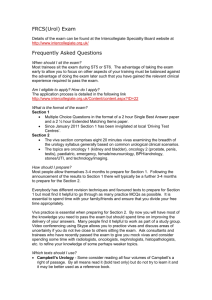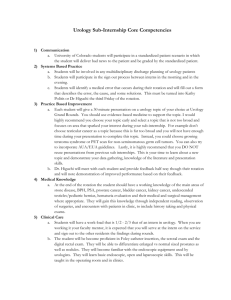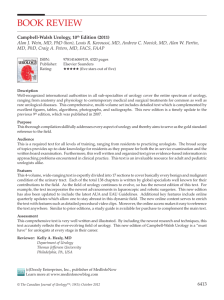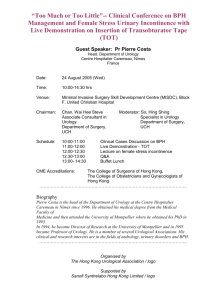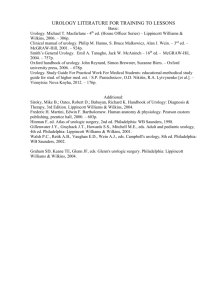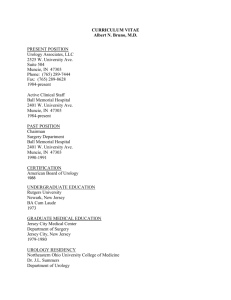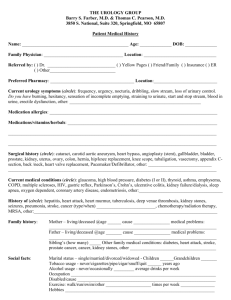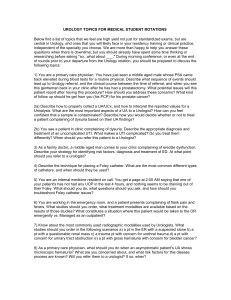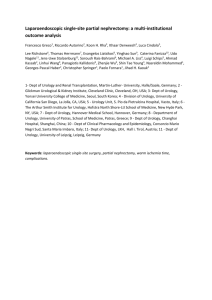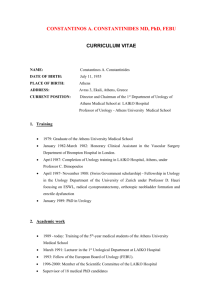URO Multi Doc master
advertisement
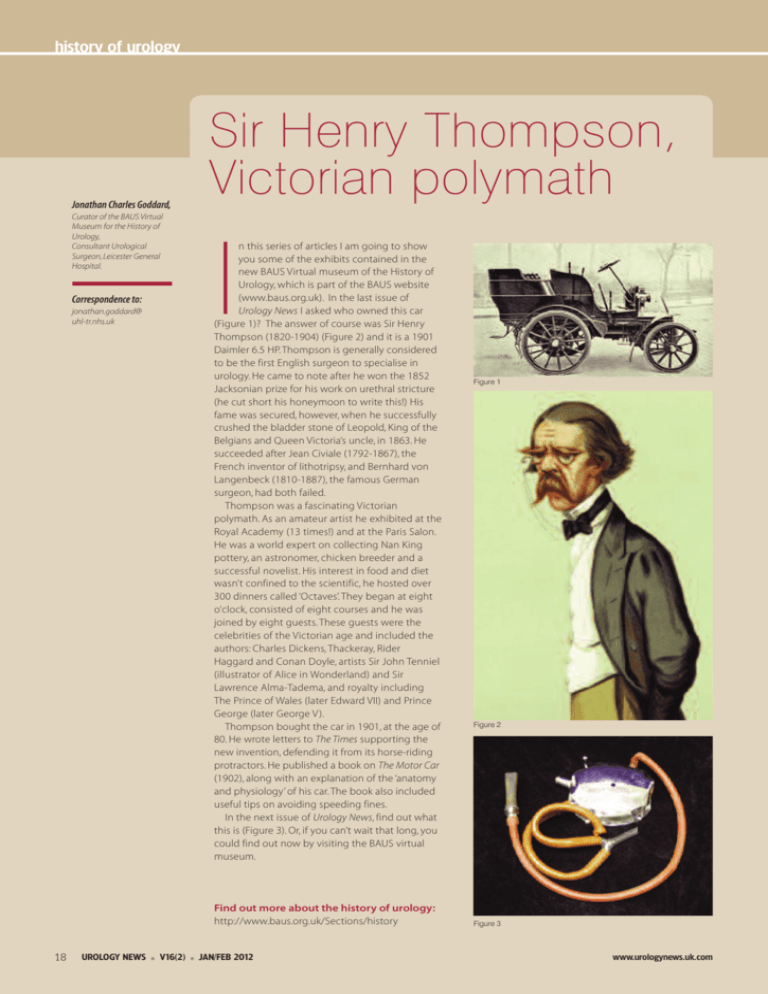
history of urology Jonathan Charles Goddard, Curator of the BAUS Virtual Museum for the History of Urology, Consultant Urological Surgeon, Leicester General Hospital. Correspondence to: jonathan.goddard@ uhl-tr.nhs.uk Sir Henry Thompson, Victorian polymath I n this series of articles I am going to show you some of the exhibits contained in the new BAUS Virtual museum of the History of Urology, which is part of the BAUS website (www.baus.org.uk). In the last issue of Urology News I asked who owned this car (Figure 1)? The answer of course was Sir Henry Thompson (1820-1904) (Figure 2) and it is a 1901 Daimler 6.5 HP. Thompson is generally considered to be the first English surgeon to specialise in urology. He came to note after he won the 1852 Jacksonian prize for his work on urethral stricture (he cut short his honeymoon to write this!) His fame was secured, however, when he successfully crushed the bladder stone of Leopold, King of the Belgians and Queen Victoria’s uncle, in 1863. He succeeded after Jean Civiale (1792-1867), the French inventor of lithotripsy, and Bernhard von Langenbeck (1810-1887), the famous German surgeon, had both failed. Thompson was a fascinating Victorian polymath. As an amateur artist he exhibited at the Royal Academy (13 times!) and at the Paris Salon. He was a world expert on collecting Nan King pottery, an astronomer, chicken breeder and a successful novelist. His interest in food and diet wasn’t confined to the scientific, he hosted over 300 dinners called ‘Octaves’. They began at eight o’clock, consisted of eight courses and he was joined by eight guests. These guests were the celebrities of the Victorian age and included the authors: Charles Dickens, Thackeray, Rider Haggard and Conan Doyle, artists Sir John Tenniel (illustrator of Alice in Wonderland) and Sir Lawrence Alma-Tadema, and royalty including The Prince of Wales (later Edward VII) and Prince George (later George V). Thompson bought the car in 1901, at the age of 80. He wrote letters to The Times supporting the new invention, defending it from its horse-riding protractors. He published a book on The Motor Car (1902), along with an explanation of the ‘anatomy and physiology’ of his car. The book also included useful tips on avoiding speeding fines. In the next issue of Urology News, find out what this is (Figure 3). Or, if you can’t wait that long, you could find out now by visiting the BAUS virtual museum. Find out more about the history of urology: http://www.baus.org.uk/Sections/history 18 UROLOGY NEWS • V16(2) • JAN/FEB 2012 Figure 1 Figure 2 Figure 3 www.urologynews.uk.com

